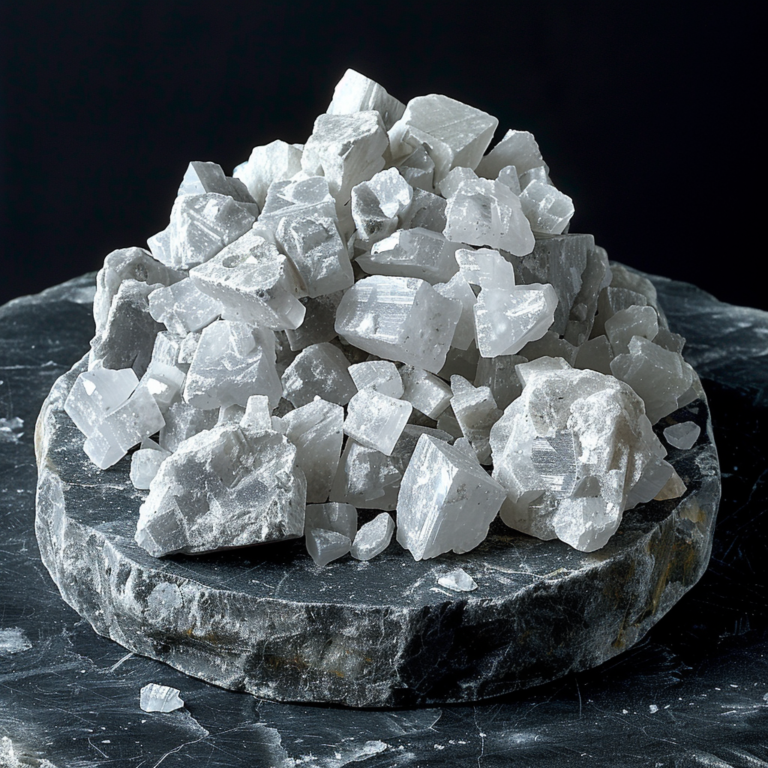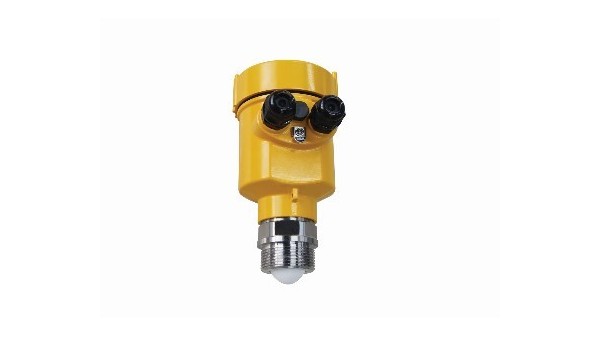Barium carbonate plays an indispensable role in today’s industrial applications, ranging from glass manufacturing to pigment production.
Ensuring smooth storage and handling of barium carbonate is crucial to maintaining production efficiency and achieving cost control. High-frequency radar level meters have become a popular choice due to their excellent measurement capabilities and adaptability.

Barium carbonate is usually in the form of white powder with good reflectivity, but due to its microparticle characteristics, it is easily affected by dust, humidity and agglomeration during the measurement process.
These factors may cause traditional measurement methods such as floats or weights to hang and adhere, thus affecting the measurement accuracy.
High-frequency radar level meters measure the level by emitting high-frequency microwave signals and receiving signals reflected from the surface of the material.
It uses the time of flight principle (TOF), that is, measuring the time it takes for microwaves to go back and forth to calculate the distance.
Due to the use of high-frequency bands, this instrument has a good measurement effect on small particles and powdery materials.

The applicability of high-frequency radar level meter in barium carbonate measurement:
1. High reflectivity: The good reflective performance of barium carbonate is conducive to the reflection of high-frequency radar waves, thereby improving the accuracy of measurement.
2. Anti-interference ability: High-frequency radar level meter has strong adaptability to dusty environment and is not easily affected by barium carbonate dust.
3. Non-contact measurement: It avoids the problems of hanging or adhesion that may occur in traditional measurement methods, reducing maintenance costs and measurement errors.
4. High accuracy: High-frequency radar level meter can provide high measurement accuracy to meet the needs of refined management.
5. Environmental adaptability: Even in a high-humidity environment, high-frequency radar level meter can work stably and reduce measurement deviations caused by moisture absorption.

In a barium carbonate chemical plant, a high-frequency radar level meter is used for real-time monitoring of material inventory. The plant’s storage tank is as high as 10 meters, and fine barium carbonate powder is stored inside.
Due to the high dust and humidity, traditional measurement equipment cannot provide accurate data. After the high-frequency radar level meter is used, the measurement accuracy is significantly improved.
The instrument is installed on the top of the storage tank to ensure that the radar wave can fully cover the surface of the material. By adjusting the sensitivity of the instrument and optimizing the measurement parameters, the interference of dust and moisture on the measurement results is effectively avoided.
In the first measurement after installation and commissioning, the radar level meter successfully provided data that was highly consistent with the actual inventory, and the error was controlled within ±5mm.
After three months of continuous use, the instrument maintained stable operation without any measurement deviation caused by changes in material properties.
Through the analysis of the physical properties of barium carbonate and the evidence of actual measurement cases, it can be concluded that the high-frequency radar level meter is fully capable of performing excellent performance in the level measurement of barium carbonate.
Its high accuracy, non-contact measurement and strong environmental adaptability make it an ideal choice for measuring powder materials such as barium carbonate.
